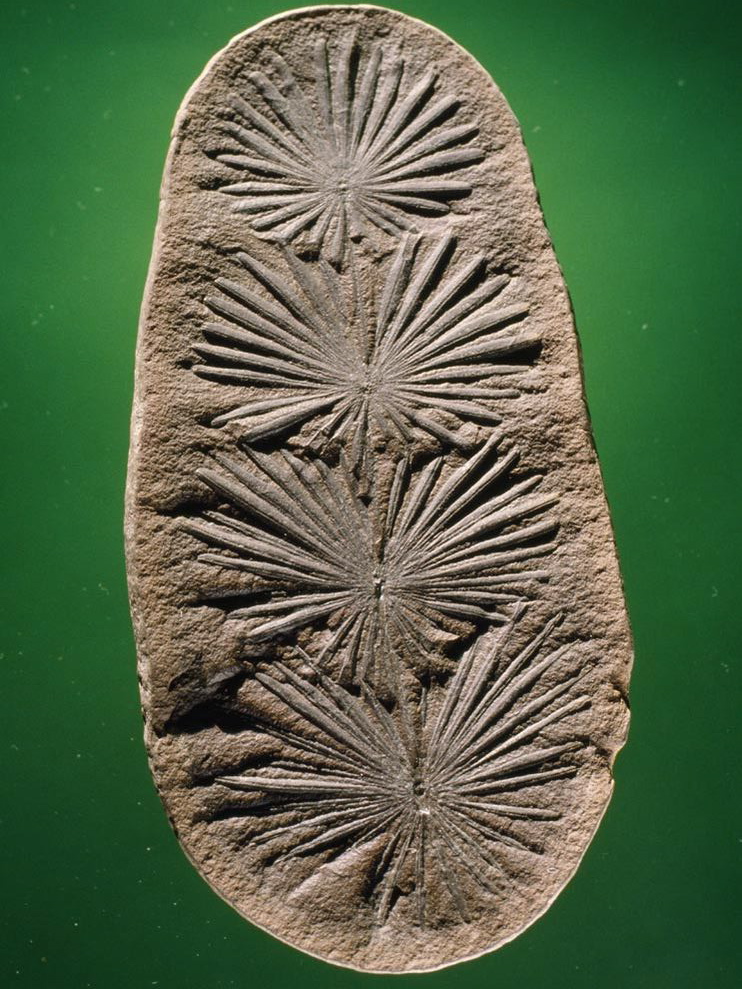Re: Fossils B/C
Posted: April 16th, 2015, 3:59 pm
That was irrelevant. So, magikarpmaster629, was I right?sammiha wrote:Hi I'm finally getting an account on here! Love Fossils!
That was irrelevant. So, magikarpmaster629, was I right?sammiha wrote:Hi I'm finally getting an account on here! Love Fossils!
This would be more relevant in a thread like Your Daily Random Commentsammiha wrote:Hi I'm finally getting an account on here! Love Fossils!
UTF-8 U+6211 U+662F wrote:That was irrelevant. So, magikarpmaster629, was I right?sammiha wrote:Hi I'm finally getting an account on here! Love Fossils!
What province/state is the Burgess Shale located in?Magikarpmaster629 wrote:UTF-8 U+6211 U+662F wrote:That was irrelevant. So, magikarpmaster629, was I right?sammiha wrote:Hi I'm finally getting an account on here! Love Fossils!
Yes, you were right on everything, so you or Unome can ask.
Hello Sammiha! Welcome to the forum!
British Columbia; specifically Marrella but soft-bodied organisms; Cambrian; Arthropoda
You forgot to answer question no. 2 but those are all correct. Feel free to ask a question (and maybe provide the answer with your question).varunscs11 wrote:British Columbia; specifically Marrella but soft-bodied organisms; Cambrian; Arthropoda

varunscs11 wrote:Lol. Ok.
1. Identify this specimen.
2. What is the shell made out of?
3. What was special about this specimen's feeding mechanism?
4. What is a key identification factor?
Order Rhynchonellida, calcite, idk, small and highly inflated shells?
Copy, Pastevarunscs11 wrote:Lol. Both of us need to worry considering Texas State and Pennsylvania State are a week away. But the correct answers are
1) Rhynchonelida
2) Calcium Phosphate and Chitin (most brachiopods are like this)
3) Rhynchonelida did not have a brachium meaning there was nothing supporting the lophophore. This allowed this Order to survive many of the major extinctions.
4) The zig-zag commisure is what I was looking for..
Hope both of us get 1st at State in Fossils









 and explain what types of taxa they are.
and explain what types of taxa they are.